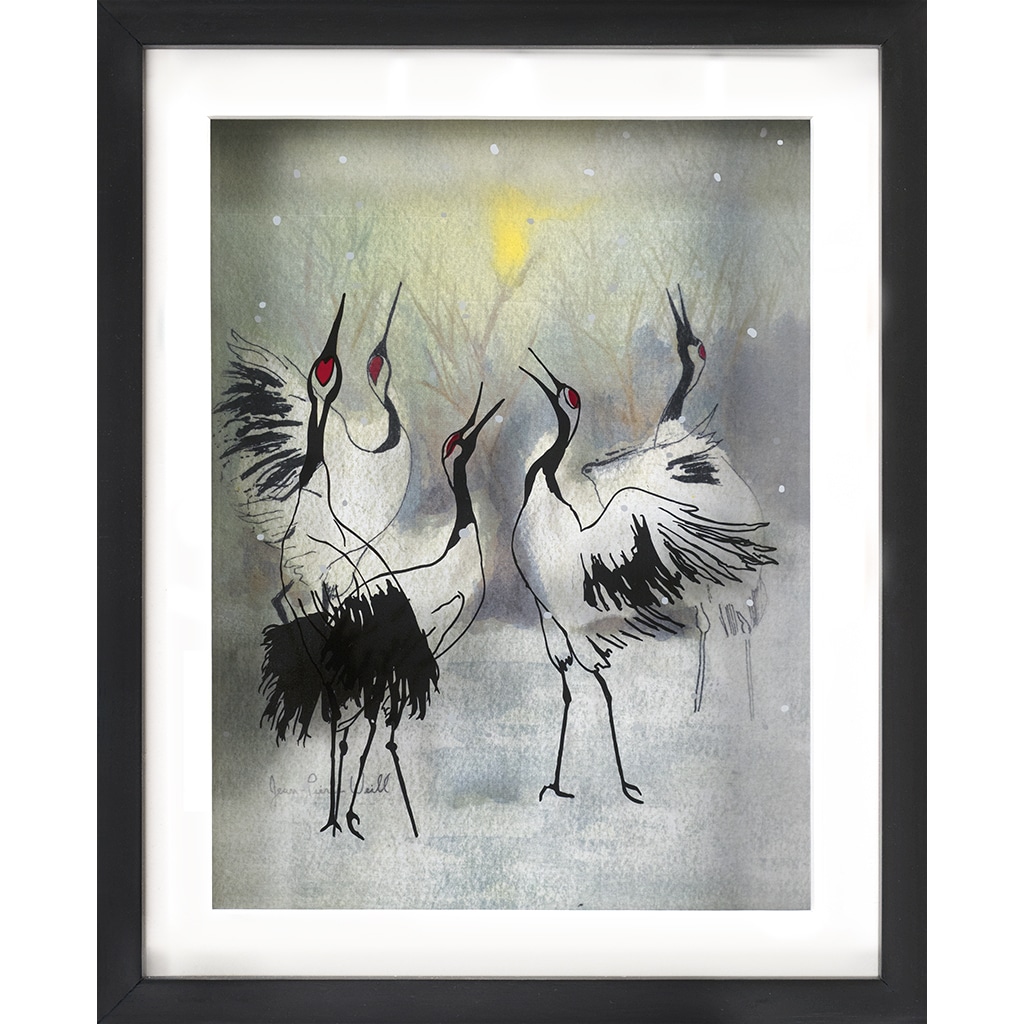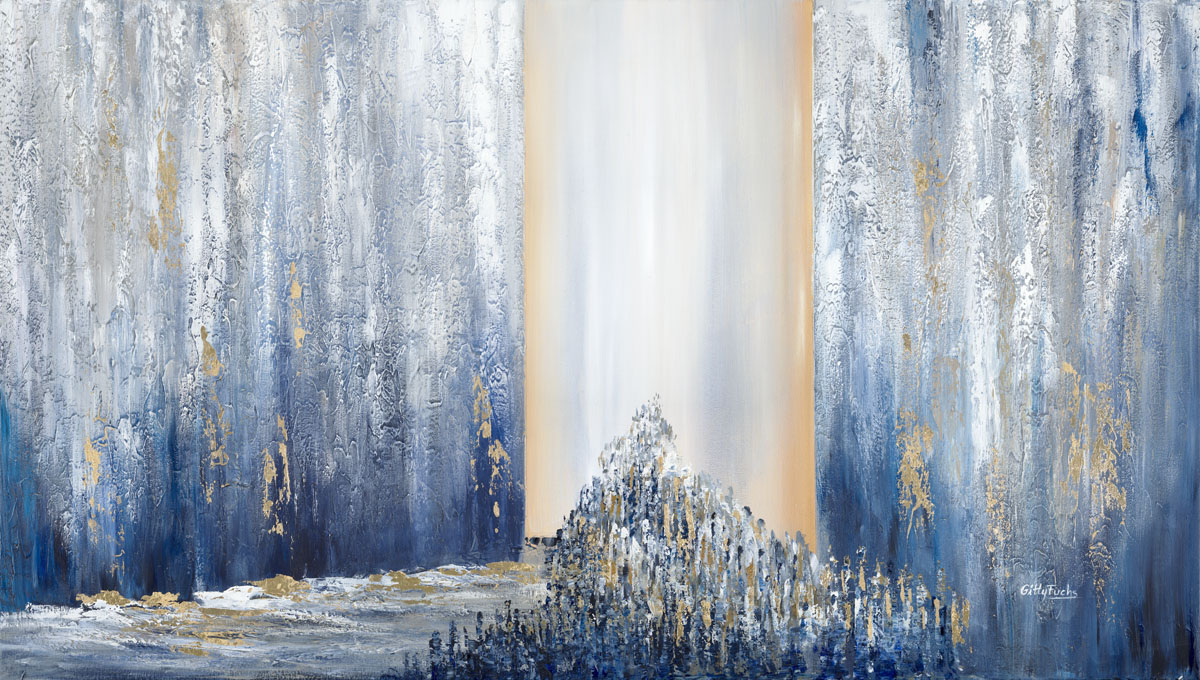Did you know it wasn’t until about 500 BCE that Jewish people began referring to themselves as “Jewish”? The Hebrew Bible and the Torah are the two texts that Jewish hold in the highest regard.
The phrase “the sons or daughters of Israel,” B’nai Yisroel or not Yisroel, is most frequently used in these two texts. Along with “Hebrews,” the term “Israelites” also appears.
The Jewish people have a 5,750-year history that dates back to Biblical times. Out of a common religion, the Jewish people established rituals with unique items, culture, and an ethical framework that designated them as Jewish regardless of their particular religious beliefs.
The question of who the Jewish people are remains. What are the Jewish people’s origins? What is Jewish history?
Continue reading below as this post discusses the history of the Jewish PEOPLE and other valuable information.
To hear the entire article for your convenience, click the play button.
Who are the Jewish people descended from?

The aim is to analyze all factual material, focusing on the most coherent theory, as archaeological discovery relies on researchers and experts from other disciplines.
Archaeology, biology, historical textual records, religious literature, and mythology are all strongly related to the prehistory and ethnogenesis of the Jewish people.
Leaving aside the political aspects of the issue, the Jewish people’s beginnings are found in the ancient Middle East, at the meeting point of several ancient empires, including the ancient Egyptian Empire, the old Babylonian Empire, and the ancient Assyrian Empire.

In the south, the Israelite Kingdom of Judah is the source of modern Jewish names and their descendants.
To see our entire collection of Jewish items that explore Jewish history.
Where did the Jewish from Israel come from?
Almost half of the Israeli Jewish people descend from European Jewish people. In contrast, roughly the same number fall from Jewish from Arab countries, Iran, Turkey, and Central Asia. Around 200,000 Ethiopian and Indian Jewish exist and descend from them.

Furthermore, roughly half of all Jewish people today identify as Ashkenazi, meaning they are descended from Jewish who resided in Central or Eastern Europe.
The word was first used to describe a separate cultural group of Jewish who settled in the Rhineland of western Germany in the 10th century. The history of Jewish in Germany dates back at least to the 10th century.
It continued through the Early and High Middle Ages when Jewish immigration established the Ashkenazi Jewish community.
To view our entire collection of Jewish items.
How did Judaism begin?

The beliefs and traditions of the group known as “Israel” were the foundation of Judaism, and what is now recognized as classical Judaism began to take shape in the first century C.E.
The covenant God made with Abraham and his ancestors, promising to make them holy people and give them a place, is the basis of Judaism. The Abrahamic religions, including Judaism, Christianity, and Islam, share this covenant.
They all trace their origins to the ancient Israelis who worshiped the “God of Abraham” and followed their traditions. Key figures in Israelite culture include the patriarchs Abraham, Isaac, and Jacob, and the prophet Moses, who received God’s Torah at Mount Sinai.
Historically, Judaism transitioned from a religion primarily practiced in and around modern-day Israel before 70 C.E. to a religion practiced in other countries due to the exile and forced dispersal of Jewish people.
The faith also changed from primarily practiced in the two main temples to rabbinic Judaism, which includes religious worship and learning in synagogues.
To see our entire collection of Kosher Torah Scroll.
What is the oldest religion?
The oldest monotheistic religion is Judaism. Although the events that gave rise to Judaism started much earlier, they got going around 690 BC. The

Believers of this religion have faith in only one God.
It is the Jewish faith. The Jewish people believe prophets act as a channel for communication between God and the general public.
The Tanakh, or “Hebrew Bible,” is the name of the Jewish people’s holy book. The first of Tanakh’s five books is the Torah. It establishes guidelines that Jewish must follow.
Check here for unique products in the Jewish religious items category.
What was the religion before Judaism?

The earliest Hindu text is the Rig Veda, which dates back approximately 3,500 years.
Yet, Hindu symbols of the bull and cow have been found on items dating as far back as 7,000 BCE, when a prehistoric civilization existed around the Indus River.
Millions of people today practice Hinduism, mainly in India and its neighboring countries.

Furthermore, while the precise origin of this religion is unknown, it is generally agreed that it was formalized between 2300 and 1500 B.C. in the Indus Valley. At this time, Indo-Aryans started to migrate to the Indus Valley; it is generally agreed that it was formalized between 2300 and 1500 B.C. in the Indus Valley. At this time, Indo-Aryans started to migrate to the Indus Valley. Eventually, the customs of these people and the local natives converged, giving rise to a brand new faith. The “Vedic Era,” during which Hinduism initially appeared, was distinguished by the behavioral impact of the Vedas.
Here are a few paintings that express the history of Judaism:
What religion was founded after Judaism?
Judaism gave rise to Christianity as a movement during a time when the Jewish people had long been subject to political and cultural dominance from outside forces and had discovered their religion to be the center of their community rather than their politics or artistic achievements.

During the first century, Jesus founded a sect of Judaism that later became known as Christianity. After his execution and death, his followers came to see him as God incarnate, who rose from the dead. They would return at the end to judge the living and the dead and establish the eternal kingdom of God. His followers initially saw him as the Messiah, as in the Confession of Peter. The new movement broke away from Judaism within a few decades.
Why is Judaism the oldest religion?
Judaism, which emerged in the eastern Mediterranean in the second millennium B.C.E., is the oldest monotheistic religion in the world. The Jewish people believe that only one God revealed himself through the ancient prophets. Understanding Judaism’s history is crucial since it has a long history of law, culture, and customs.
To explore our entire collection of Jewish religious paintings
What was the first religion after Judaism?

Christianity started a slow process of identity building in the middle of the second century C.E., eventually developing a different, distinct religion from Judaism. At first, Christians belonged to one of the numerous Jewish communities throughout the Roman Empire. Demographic shifts, institutional hierarchy, and the development of Christian dogma all occurred in the second century C.E.
Christianity’s conception of the universe, offerings, supplications, and rites was influenced by both Judaism and native religions. They argued for the universality of Christianity for all people by using philosophical ideas and terminology. Yet, Christianity also stood out from earlier ideologies due to the clergy’s exalted status.
Conclusion
The history of Jews is one that spans over thousands and thousands of years. From their ancient roots in the Middle East, to their diaspora across Europe and the world, to modern times, Jews have left an indelible mark on the course of human history.
In conclusion, Jewish history is a long and complex one that has seen its share of both successes and struggles. It is a fascinating story that continues to be explored even today.
To see all of our Judaica products, Click here













